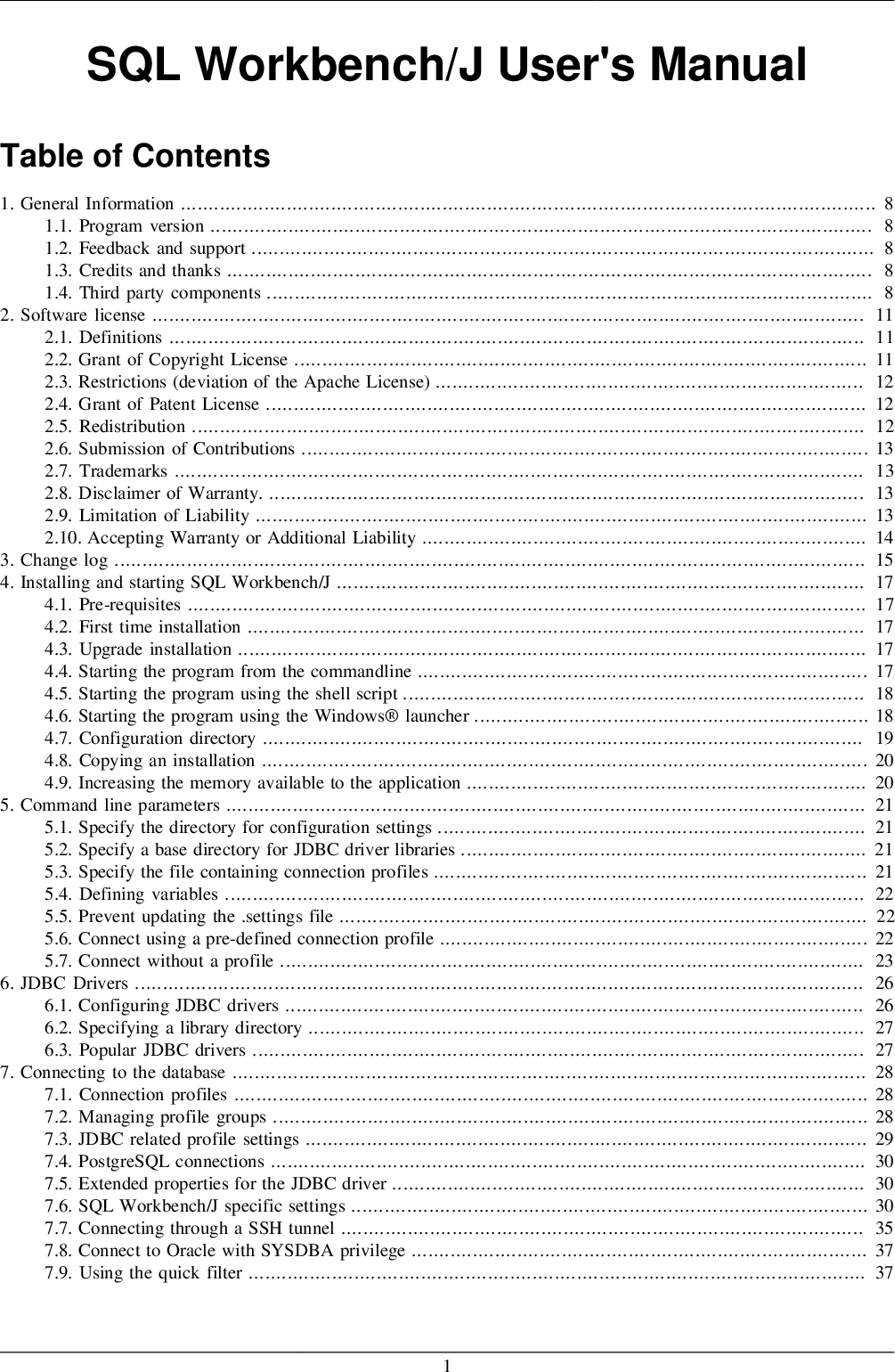

- #Run function as soon as element exists how to
- #Run function as soon as element exists driver
- #Run function as soon as element exists code
The following example defines a ShowThreadInfo method that displays the Thread.ManagedThreadId of the current thread. It is a lightweight alternative to the StartNew overloads. The Run method provides a set of overloads that make it easy to start a task by using default values. A cancellation token allows the work to be cancelled if it has not yet started. Queues the specified work to run on the thread pool and returns a proxy for the Task(TResult) returned by function. Queues the specified work to run on the thread pool and returns a Task(TResult) object that represents that work. Queues the specified work to run on the thread pool and returns a proxy for the task returned by function. Queues the specified work to run on the thread pool and returns a Task object that represents that work.
#Run function as soon as element exists how to
I have explained in detail of how to integrate this in your test framework in my below LinkedIn article.Queues the specified work to run on the ThreadPool and returns a task or Task handle for that work. In case if any one is wondering what is the annotation I am using a very cool plugin called .api which allows to extend an existing API with more functionality without going through the traditional route of inheritance.įor example, As you may notice I have some user defined functions directly invoked on the actual selenium APIs (WebDriver, WebElement) thus making them very intuitive to use and also making tests more readable because of less boilerplate code. The function at the end asserts the flag 'elmDoesNotExists' We then try to perform some operation and check if we get NoSuchElementException and depending on whether the exception occurs it sets the flag value. I have a better solution which won't waste your precious execution time and will fail/pass immediately.īelow implementation changes the implicit default wait for any element to 0 ( which is reversed back once our check is completed). I think there is a similar method in Python equivalent.
#Run function as soon as element exists code
On a side note, rather than the try-except method you have, you might want to try to code it this way: wait = new WebDriverWait(driver, TIMEOUT) Į = wait.until(ExpectedConditions.visibilityOf(oldPasswordField)) I use this only to get through to the next test area that I am interested in. The downside of this is that it is not mimic user's behavior. The browser does not need to wait for the element to be rendered. Good thing about JavaScriptExcutor is that as long as the javascript is loaded, you can execute it. ((JavascriptExecutor)driver).executeScript(cmd) What I will use is the javascript executor like this: String cmd = "$('#header-username').click()" This allows a more robust way of waiting for the UI element to show up.įor me, there are some web elements which are just too 'unreliable' to detect all the time. You can setup an explicit wait just for this call. There might a time that you really have to wait for UI element to show up, then your test will break for no valid reason.

#Run function as soon as element exists driver
This makes the driver to not waiting for all UI element when it is set to '0'. You can potentially speed it up using various ways:


 0 kommentar(er)
0 kommentar(er)
